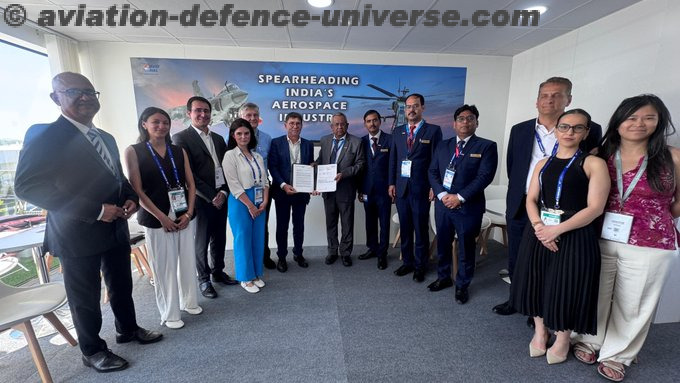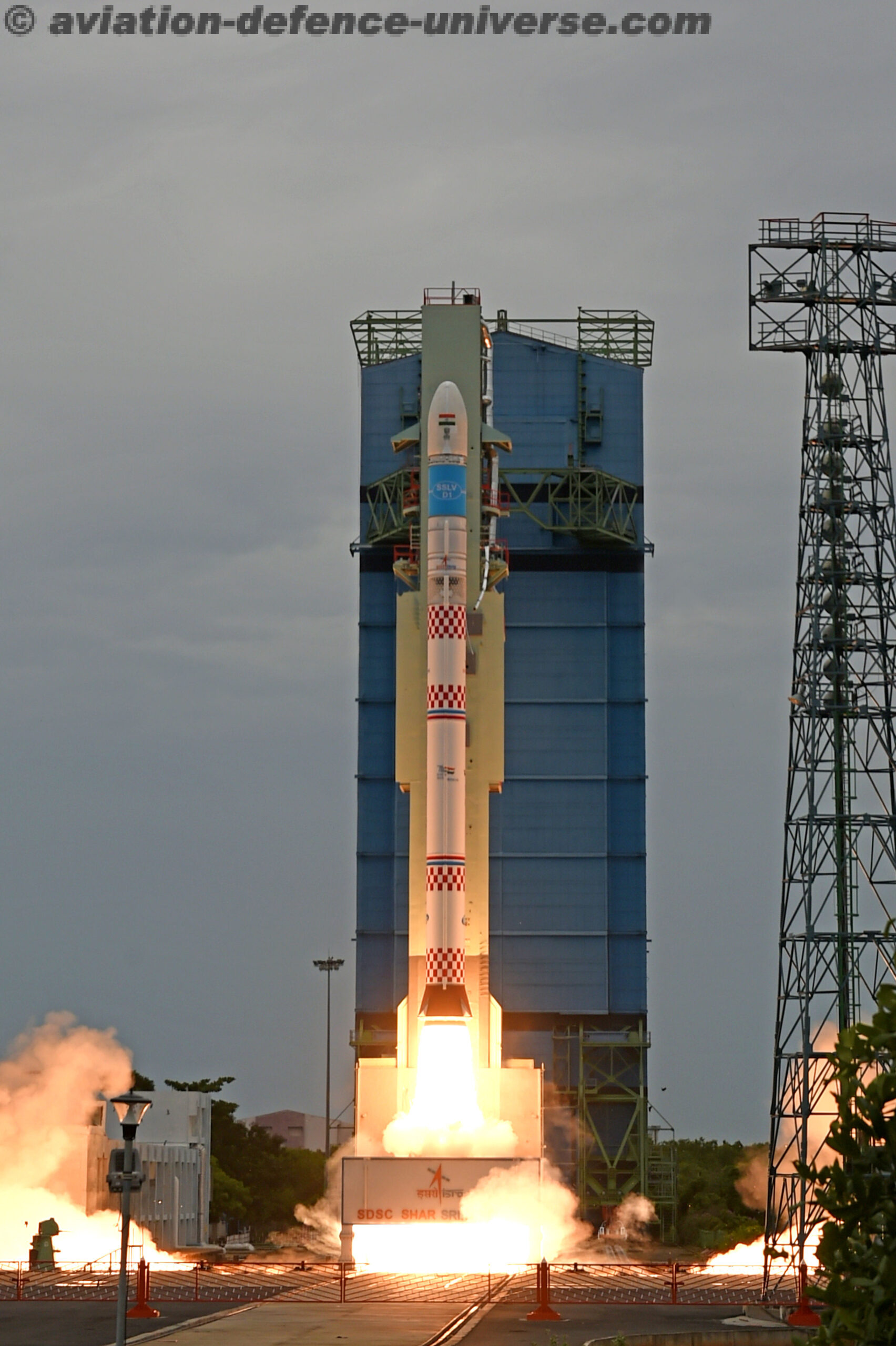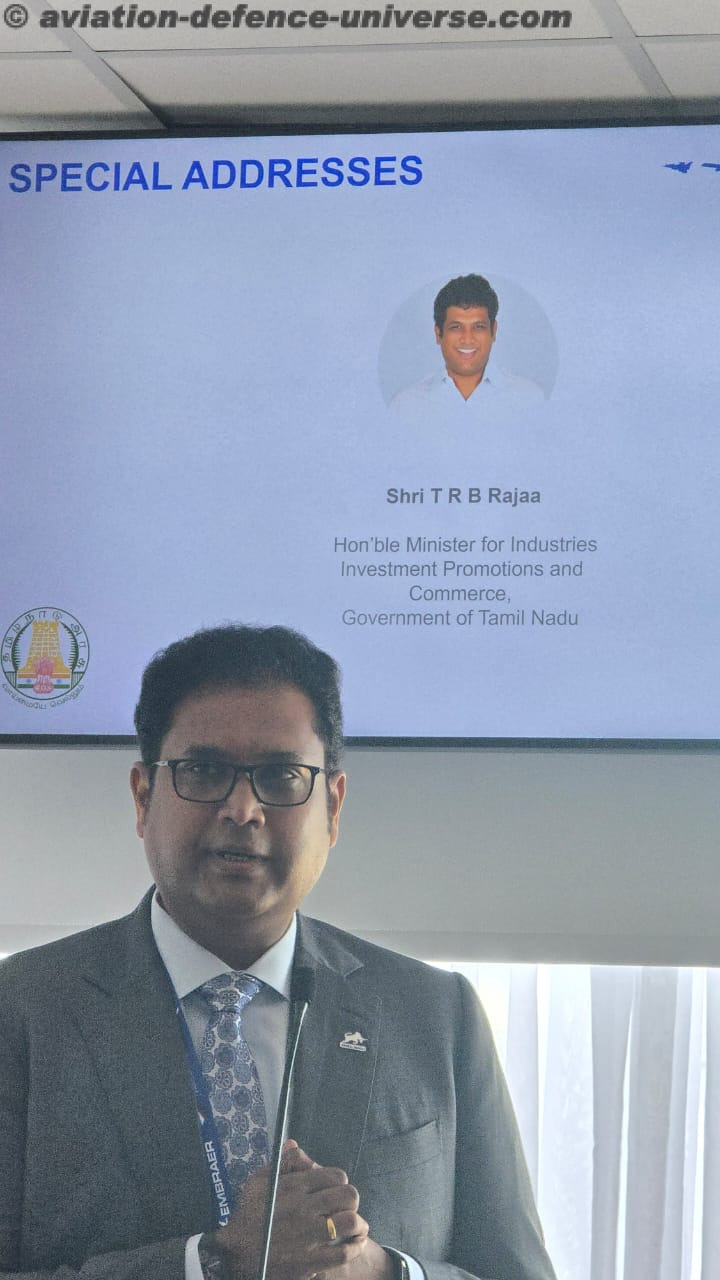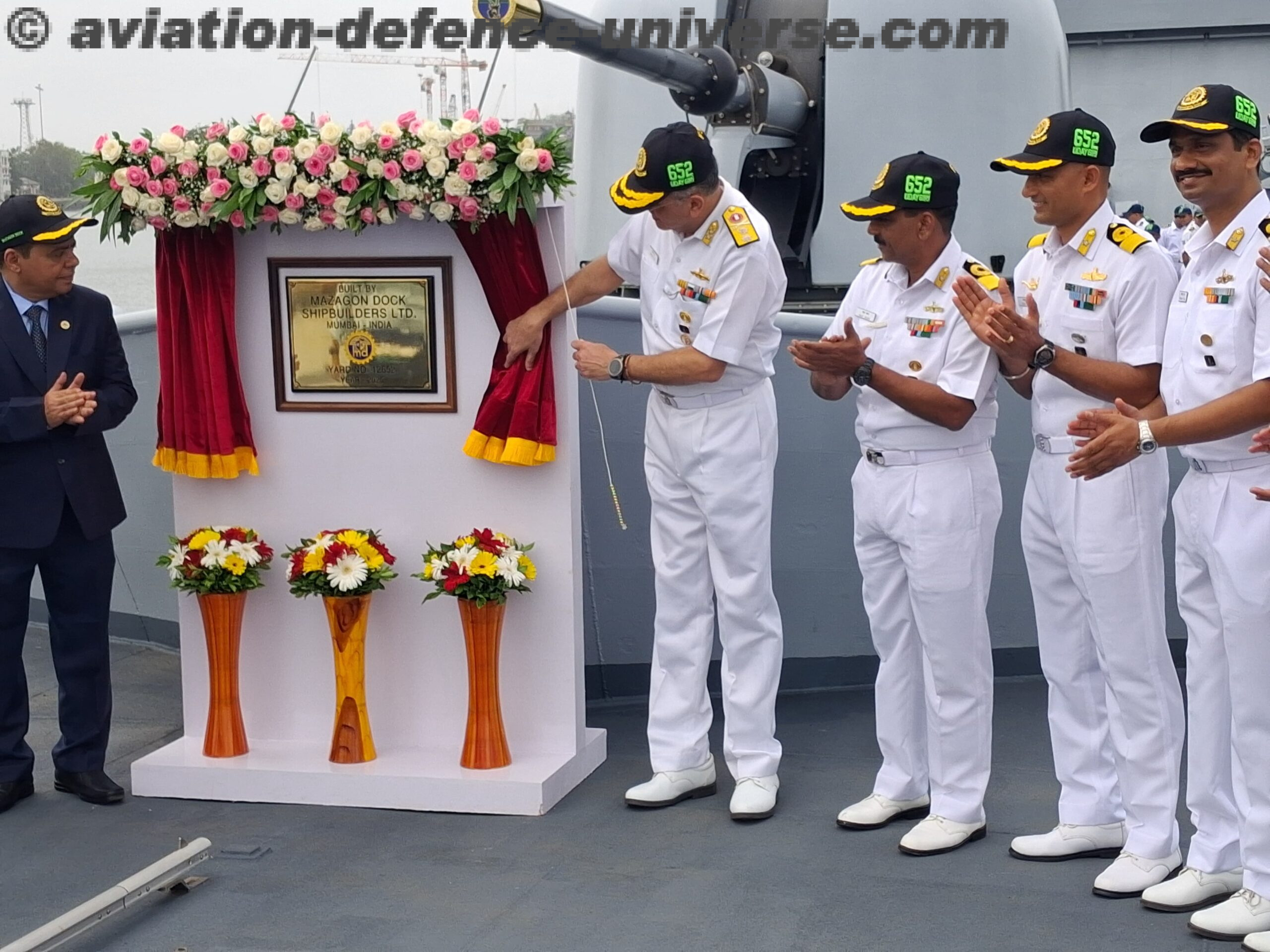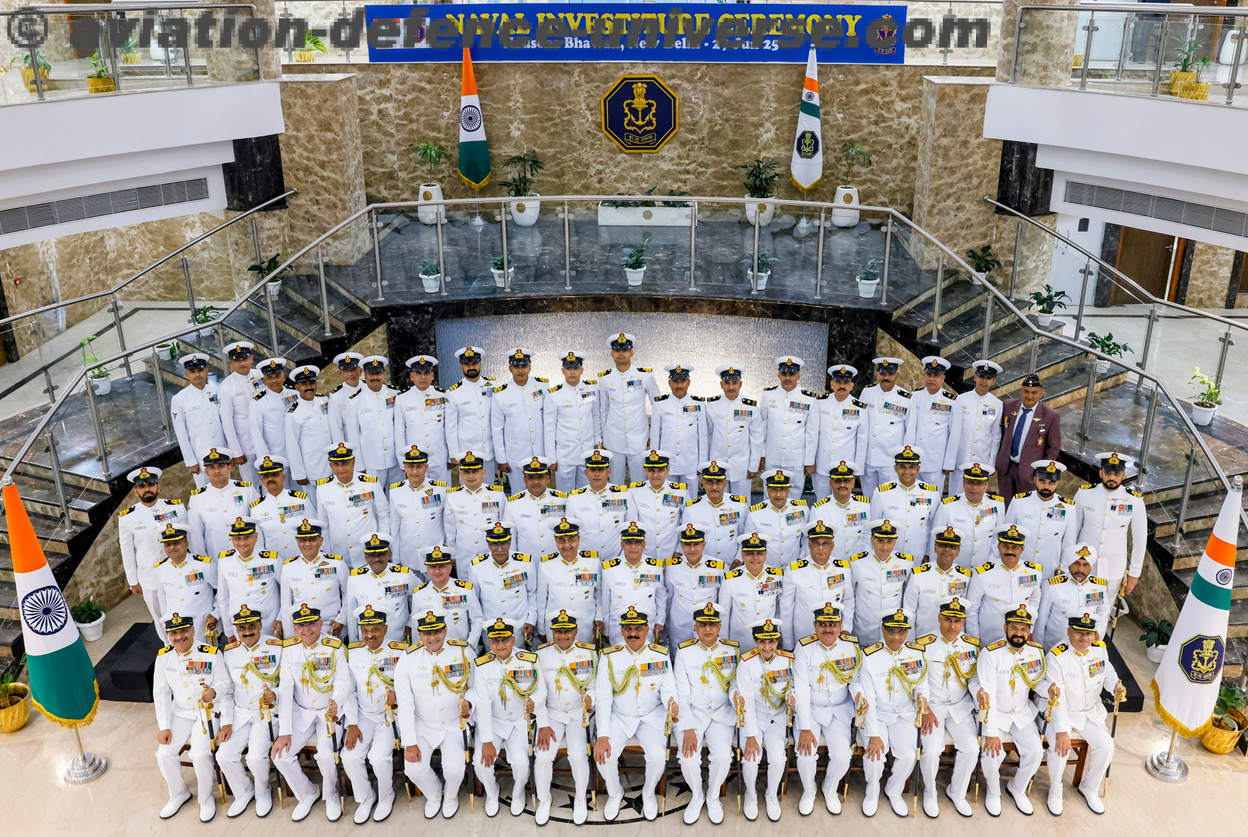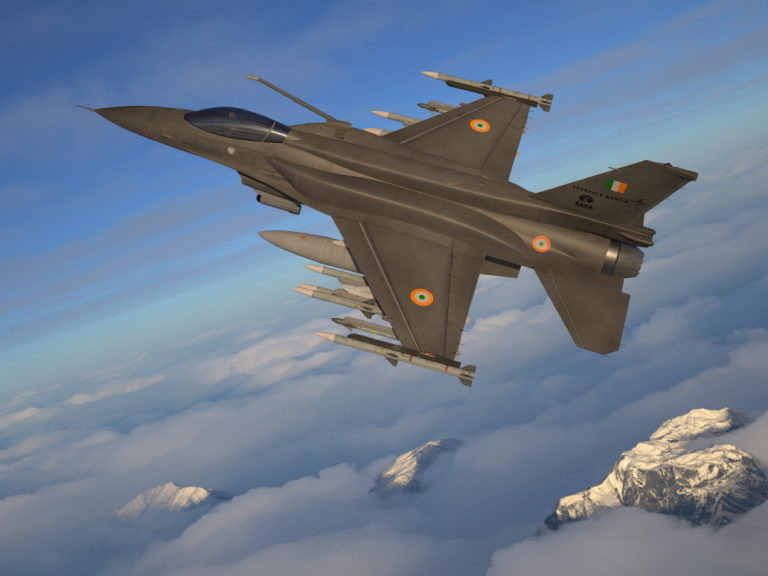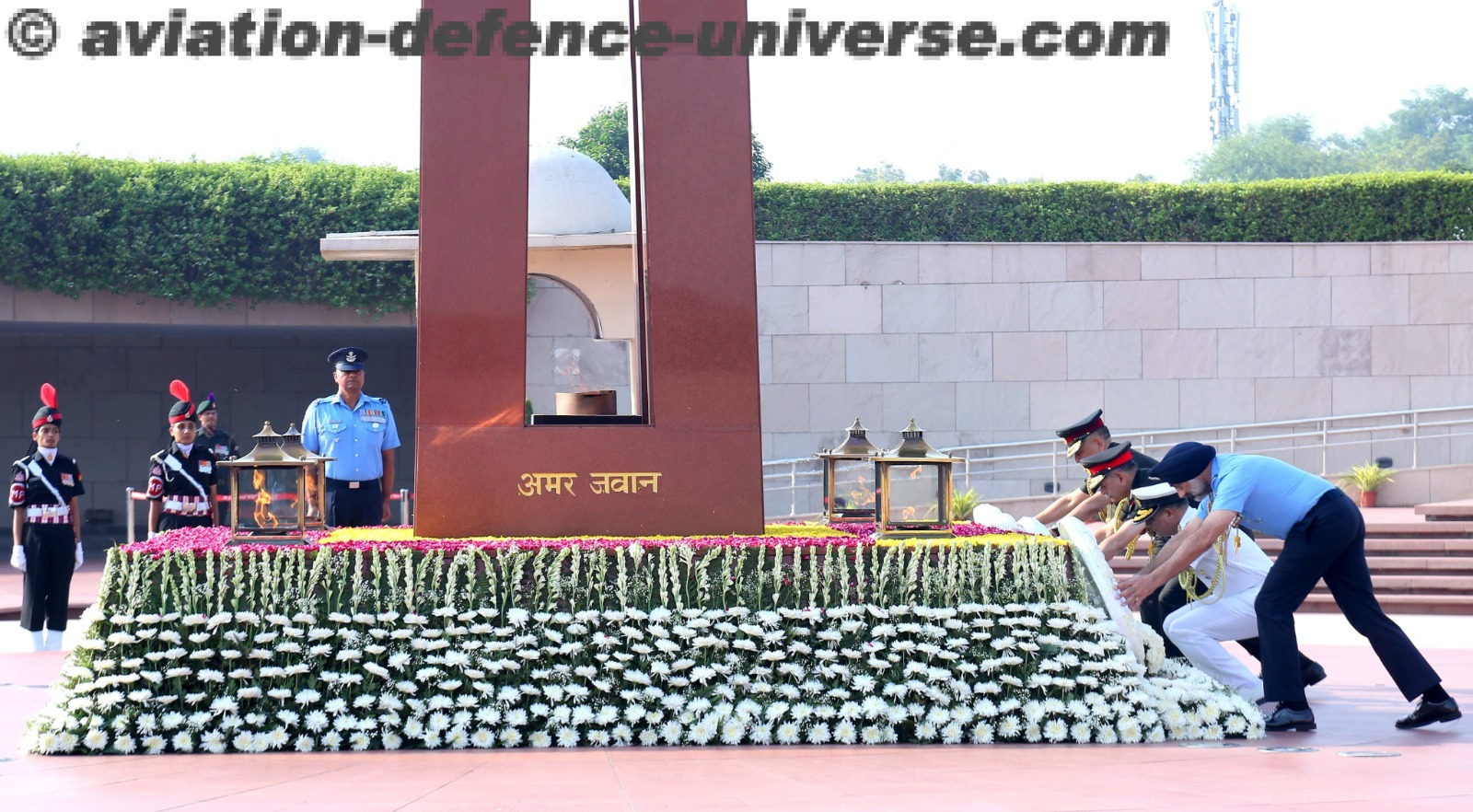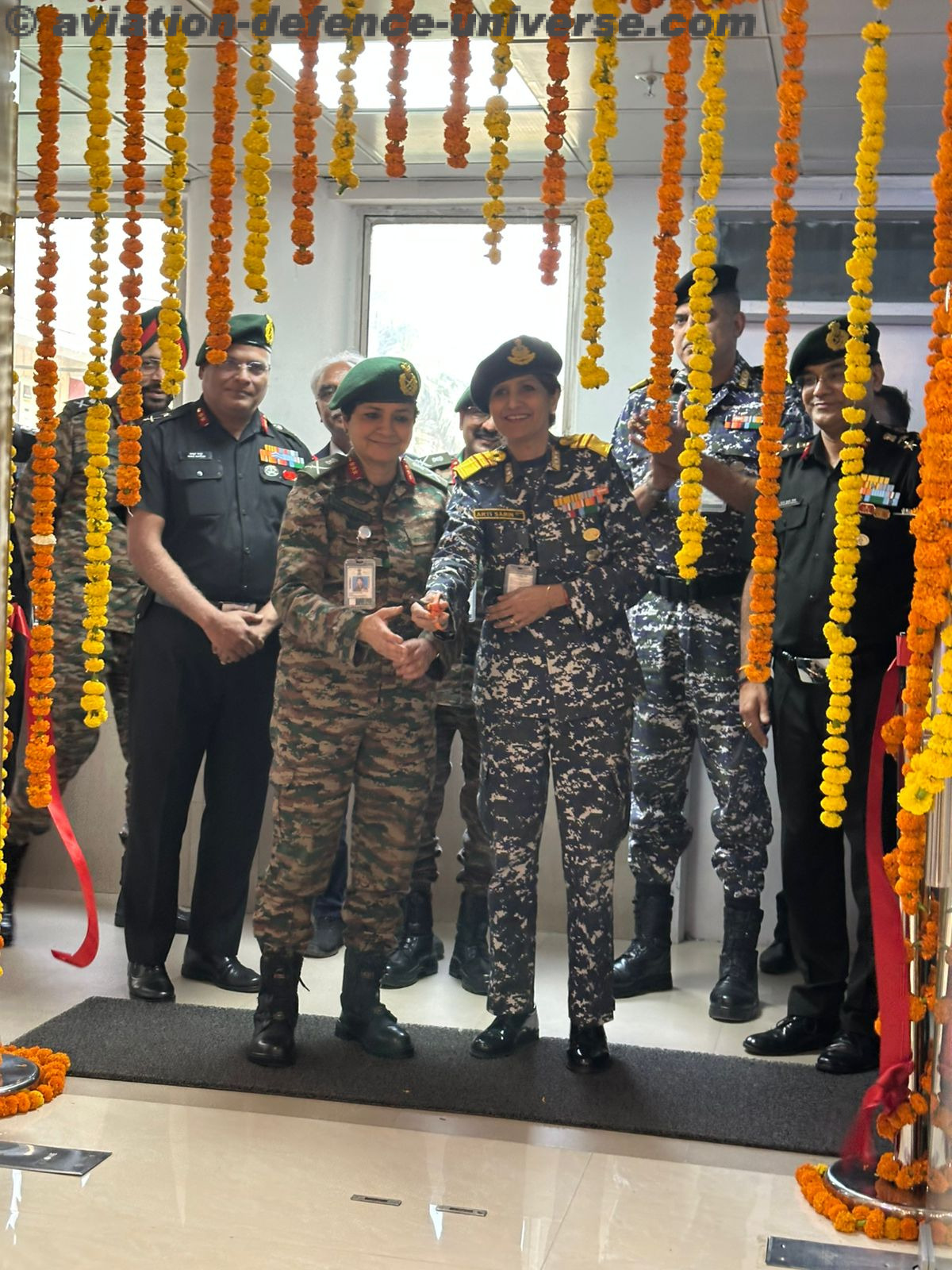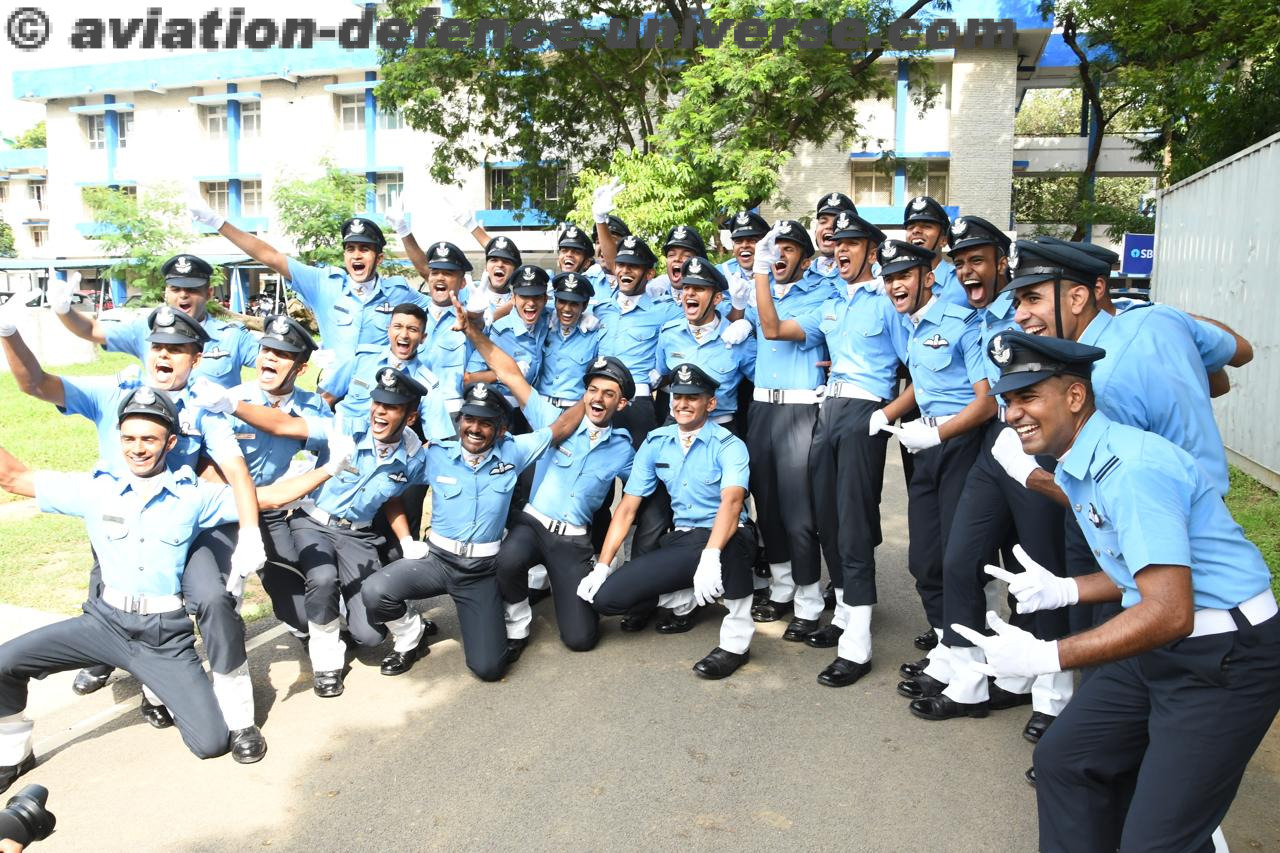By Sangeeta Saxena
New Delhi. 08 October 2024. Lockheed Martin’s long-standing relationship with India dates back to 1948, when Air India’s first international flight, piloted by Captain K. R. Guzdar, flew from Mumbai to London aboard a Lockheed L-749 Constellation aircraft, known as the “Malabar Princess.” This moment not only marked a milestone for Indian civil aviation but also laid the foundation for Indo-US aviation and military ties. The Indian Air Force (IAF) later acquired eight Lockheed Super Constellations from Air India, which were used in maritime reconnaissance roles and as freighters until they were phased out in the early 1980s.
This legacy of collaboration has only grown stronger over the years, as Lockheed Martin continues to play a significant role in supporting India’s defence needs. Today, Lockheed Martin is a key player in the modernization of India’s defence forces, particularly through its C-130J Super Hercules aircraft, which the IAF uses for a variety of missions ranging from cargo transport to humanitarian aid. India operates a fleet of 12 C-130Js, making it one of 21 countries that have adopted this tactical airlifter. Lockheed Martin’s partnerships with Indian companies such as Tata have helped strengthen the country’s aerospace ecosystem. Their joint venture, Tata Lockheed Martin Aerostructures Limited (TLMAL), manufactures major components for the C-130J, making India an integral part of Lockheed’s global supply chain.
Additionally, Lockheed Martin’s offer of the F-21 fighter jet, as part of India’s revived 114 Medium Role Fighter Aircraft (MRFA) program, reflects the company’s commitment to ‘Make in India’ and ‘Atmanirbhar Bharat.’ The F-21, developed exclusively for India, is designed to meet the IAF’s requirements with a focus on advanced technology, cost-effectiveness, and long-term operational viability.
F-21 is not an old wine in a new bottle and will be made only for India with Indian needs in mind, has been the OEM’s stand . F-21 will have a unique dorsal section, triple launcher and the probe-drogue system. In addition it will have advanced avionics, the APG-83 active electronically scanned array radar, above-wing fuel tanks for increased range, and an automatic ground collision avoidance system.
The fighter also has a structural service life of 12,000 hours. It’s weapon carrying capacity is of ten missiles—eight medium range, radar-guided AMRAAM missiles plus two AIM-9X Sidewinder missiles, will make it unique. The F-21 can be seen carrying a Sniper electro-optical targeting pod, also produced by Lockheed Martin in one of the promotional videos. In service with the U.S. Air Force, the Sniper pod provides HD forward-looking infrared (also known as thermal imaging), a dual mode laser, video data link, and digital data recorder. The F-21 also features a huge flat panel cockpit display. It also has a new Electronic Warfare system planned for Indian Air Force. There are many more points which make F-21 a totally different aircraft, the company reiterates.
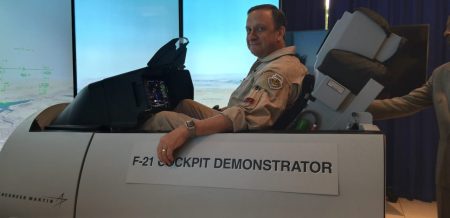 Simply put, the F-21 goes further, faster, and stays longer than the competition ― whether you are talking about battlefields or budgets, the F-21 is the clear choice for India, feels the US aircraft manufacturer. This partnership with the Indian aerospace and defence ecosystem coupled with it’s understanding of user requirements, offers the company a unique advantage of being able to rapidly and efficiently realize the blue-print for the F-21 offer.
Simply put, the F-21 goes further, faster, and stays longer than the competition ― whether you are talking about battlefields or budgets, the F-21 is the clear choice for India, feels the US aircraft manufacturer. This partnership with the Indian aerospace and defence ecosystem coupled with it’s understanding of user requirements, offers the company a unique advantage of being able to rapidly and efficiently realize the blue-print for the F-21 offer.
The F-21 is equipped with advanced features such as an Active Electronically Scanned Array (AESA) radar, probe-and-drogue and boom refuelling capabilities, and Conformal Fuel Tanks (CFTs) for extended range. With a service life of 12,000 flight hours, it offers superior operational capability at a lower life cycle cost compared to other aircraft. It is also the only fighter in the world capable of both aerial refuelling methods, giving it an edge in operational flexibility.
Lockheed Martin’s collaboration with the Indian government goes beyond military procurement. Through initiatives like the India Innovation Growth Programme (IIGP), which has been running since 2007, the company supports the development of Indian startups and MSMEs in the aerospace and defence sectors. These partnerships provide technology transfer opportunities and help create a robust supply chain within India, contributing to the nation’s self-reliance goals.
 Looking ahead, Lockheed Martin is poised to continue its contributions to India’s defence modernization and technological advancement. The company’s collaboration with India’s defence ecosystem, bolstered by its expertise and innovation in aerospace, ensures that it remains a key player in the country’s journey toward becoming a global defence manufacturing hub.
Looking ahead, Lockheed Martin is poised to continue its contributions to India’s defence modernization and technological advancement. The company’s collaboration with India’s defence ecosystem, bolstered by its expertise and innovation in aerospace, ensures that it remains a key player in the country’s journey toward becoming a global defence manufacturing hub.
As India advances toward ‘Atmanirbhar Bharat’ and ‘Make in India,’ Lockheed Martin’s F-21 offer and its ongoing support for the C-130J program exemplify its commitment to building a strong, self-reliant defence infrastructure in partnership with Indian industry.














